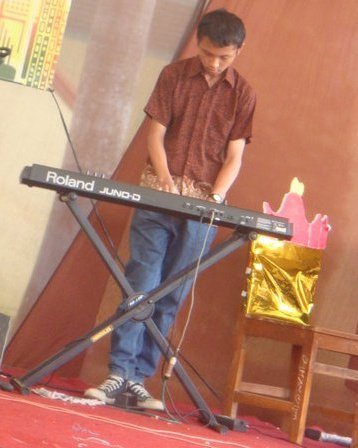Terms in sociolinguistics for language and especially speech that draws to differing extents on at least two languages combined in different ways, as when a Malay/English bilingual says: This morning I hantar my baby tu dekat babysitter tu lah (hantar took, tu dekat to the, lah a particle marking solidarity). A code may be a language or a variety or style of a language; the term codemixing emphasizes hybridization, and the term code-switching emphasizes movement from one language to another. Mixing and switching probably occur to some extent in the speech of all bilinguals, so that there is a sense in which a person capable of using two languages, A and B, has three systems available for use: A, B, and C (a range of hybrid forms that can be used with comparable bilinguals but not with monolingual speakers of A or B). There are four major types of switching: (1) Tag-switching, in which tags and certain set phrases in one language are inserted into an utterance otherwise in another, as when a Panjabi/English bilingual says: It's a nice day, hana? (hai nā isn't it). (2) Intra-sentential switching, in which switches occur within a clause or sentence boundary, as when a Yoruba/English bilingual says: Won o arrest a single person (won o they did not). (3) Intersentential switching, in which a change of language occurs at a clause or sentence boundary, where each clause or sentence is in one language or the other, as when a Spanish/English bilingual says: Sometimes I'll start a sentence in English y termino en español (and finish it in Spanish). This last may also occur as speakers take turns. (4) Intra-word switching, in which a change occurs within a word boundary, such as in shoppã (English shop with the Panjabi plural ending) or kuenjoy (English enjoy with the Swahili prefix ku, meaning ‘to’).
Names and attitudes: Us and Them
Some communities have special names, often pejorative or facetious, or both, for a hybrid variety: in India, Hindlish and Hinglish are used for the widespread mixing of Hindi and English; in Nigeria, amulumala (verbal salad) is used for English and Yoruba mixing and switching; in the Philippines, the continuum of possibilities is covered by the terms Tagalog—Engalog—Taglish—English, in Quebec, by français—franglais—Frenglish—English. Despite the fact that mixing and switching are often stigmatized in the communities in which they occur, they often serve such important functions as marking ethnic and group boundaries. Among minorities, the home language (the ‘we’ code) is used to signify in-group, informal, and personalized activities, while the other language (the ‘they’ code) is used to mark outgroup, more formal, and distant events. Speakers use a change of language to indicate their attitude to what is being said. In the following, Panjabi marks the in-group and English the out-group among immigrants to the UK: Usi ingrezi sikhi e te why can't they learn? (‘We learn English, so why can't they learn [an Asian language]?’). The switch emphasizes the boundaries between ‘them’ and ‘us’.Other reasons for switching include the prestige of knowing the out-group or dominant language, often a language associated with a religion, empire, education, and a wide sphere of operation and interest: for example, social status has long been marked among Hindus in India by introducing elements of Sanskrit and Pali into vernacular use and among Muslims by bringing in Arabic and Persian. In Europe, the same effect has been achieved by introducing elements of Latin and Greek. Today, social status is marked in India and elsewhere by introducing elements of English. It is not always the case that borrowing or switching occurs because speakers do not know the words in one or the other language. Widespread code-switching often indicates greater or less shift towards the more dominant of the two languages. Currently, English is the most widely used language in the world for mixing and switching
Subscribe to:
Post Comments (Atom)

0 komentar:
Post a Comment